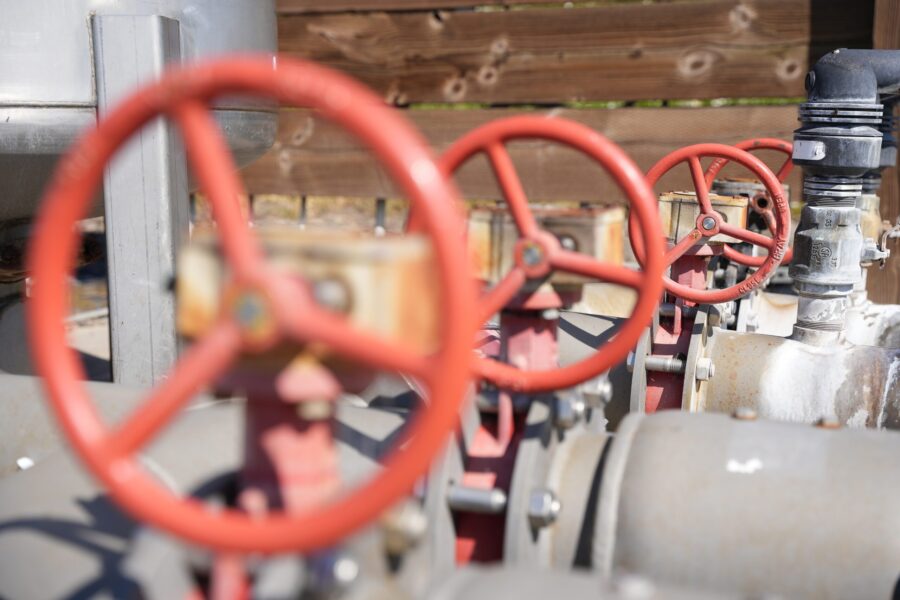How Irrigation Automation Relieves Labor and Pump Capacity Constraints

Has effective and reliable irrigation automation finally arrived?
Many growers know that how they’re currently irrigating isn’t ideal for crop quality, yield, or efficiency.
They know they could save water and lower their energy costs by irrigating at night. When heat waves hit quickly, they sometimes lose yield because they’re unable to irrigate all of their blocks as much as they’d like to. And, especially when dealing with shallower-rooted blocks, it would often be nice to irrigate in smaller quantities more frequently.
The problem is that their hands tend to be tied by labor hours and the capacity of their pumps.
Let’s talk about how irrigation automation can relax both of those constraints at once and, in turn, improve crop quality, yield, and operational efficiency.
We don’t live in an ideal world. But she’s gettin’ better all the time.
When you’re stuck opening and closing valves by hand, you’re almost forced to irrigate during the day when your field team is on the clock. And if you try to extend them into the evening, it’s easy to run into issues with overtime laws and other labor regulations.
True irrigation automation eliminates that constraint entirely.
With Lumo One smart valves and scheduling software, vineyard managers are able to open and close valves from anywhere, any time, even in their sleep. Irrigations can be scheduled in advance and vineyard managers receive alerts to their phone when irrigation sets start, when they stop, and whenever there’s an issue in between. They can verify the exact amount of water that was delivered to each block without ever stepping foot in the vineyard.
Plus, because they no longer have to send someone to open and close valves every time, it becomes way more feasible to run shorter irrigation sets more frequently, without having to factor in the time it takes an irrigator to drive out there each time.
Relaxing the labor piece allows for better pump utilization.
When you’re no longer forced to only irrigate during a ten or twelve hour window during the day, you’re then able to make better use of your pump. If a heat wave’s coming and you need to irrigate during the day and at night to get everything covered in time, you can do so.
With the ability to use your pump at any time of day, you can get closer to irrigating in an ideal way without the need to upgrade to a bigger pump with greater capacity.
Irrigation automation delivers the outcomes that matter most to growers.
For years, growers have irrigated in ways that were less than the best because of operational constraints. But as irrigation automation relaxes or eliminates those constraints, better outcomes become possible.
By irrigating at night, and in shorter, more frequent sets for shallow-rooted blocks, less water gets wasted. By unlocking the full twenty four hours in the day, growers can put on larger volumes of water ahead of heat waves with the same pump they’re using today. And by executing their irrigations remotely, vineyard managers are able to run a far more efficient operation, saving hours and hours of driving around to different ranches.
There’s still only so many hours in a day. And pumps can only work so hard for so long.
But with the right automation in place, growers can relax the constraints they’ve faced in the past and get ever closer to irrigating in an optimal way—improving their crop quality, increasing their yields, and saving some money, too.
To learn more about irrigation automation that helps relieve labor and pump constraints, request a demo here or contact us at [email protected]